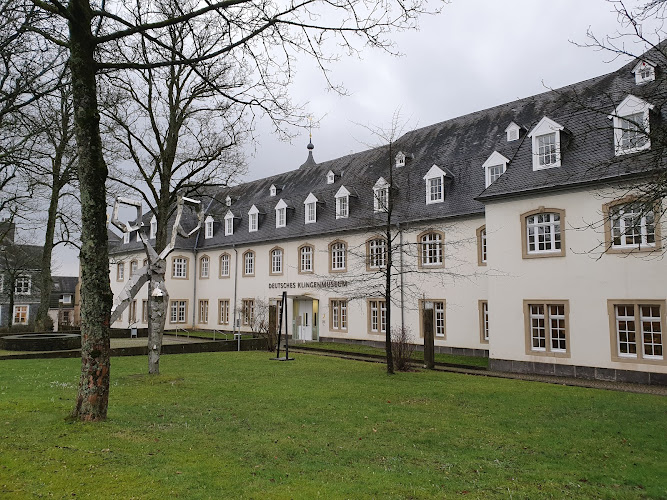
German Blade Museum
About German Blade Museum
Description
Stepping into the German Blade Museum feels like walking through centuries of human craftsmanship and innovation. And boy, what a journey it is! This fascinating museum showcases an incredible collection of cutting implements that'll make any history buff or blade enthusiast weak in the knees. From delicate surgical instruments to massive medieval swords, the exhibits tell the compelling story of how blades have shaped human civilization. Ya know, I was genuinely surprised by how engaging this place is - it's not just some dusty display of old knives. The museum brilliantly presents the evolution of cutting tools through interactive exhibits, detailed descriptions, and some seriously impressive specimens. Each piece tells its own story, whether it's an ornate ceremonial sword or a humble kitchen knife from centuries past.Key Features
• Extensive collection of historical swords spanning multiple centuries and cultures • Intricate displays of ceremonial daggers and ritual blades • Comprehensive exhibit on the evolution of surgical instruments • Educational section about traditional blade-making techniques • Impressive array of historical silverware and dining implements • Interactive displays demonstrating metallurgy and blade-crafting • Special exhibits highlighting regional knife-making traditions • Collection of military weapons and combat tools • Detailed information about blade maintenance and preservation • Regular demonstrations of historical sword-fighting techniquesBest Time to Visit
From my experience, weekday mornings are absolutely perfect for exploring the museum - that's when you'll find fewer crowds and can really take your time examining the exhibits up close. The lighting is particularly good in the morning, which makes photographing the intricate details of the blades much easier (though some sections have restrictions on photography). Summer months tend to get pretty busy with tourist groups, so if you're like me and prefer a quieter experience, aim for spring or fall visits. But honestly? Winter might be the best-kept secret - the museum is beautifully heated, and you'll practically have the place to yourself some days.How to Get There
Getting to the German Blade Museum is pretty straightforward, though I definitely recommend planning ahead. If you're driving, you'll be happy to know there's a free parking lot right at the museum - and trust me, that's a rare treat in this area! For those using public transport, the local bus system has a stop just a few minutes' walk away. Look, I made the mistake of not checking the bus schedule my first time visiting and ended up waiting longer than I needed to. So here's a pro tip: download the local transport app before your visit. The museum is well-signposted from the main road, but having GPS handy doesn't hurt either.Tips for Visiting
Alright, let me share some insider tips that'll make your visit even better. First off, grab an audio guide - they're totally worth it. The detailed commentary really brings the exhibits to life, and you'll learn stuff that isn't written on the plaques. Trust me on this one! Plan for at least 2-3 hours to really do the place justice. I tried rushing through in an hour once and totally regretted it. The museum is surprisingly wheelchair-friendly, with accessible entrances, restrooms, and viewing areas throughout. Here's something most folks don't realize - the museum occasionally hosts special demonstrations of traditional blade-making techniques. These aren't always advertised widely, so check their schedule when you arrive. And if you're bringing kiddos (which is totally fine - they'll love it!), there's usually a simplified guide available that makes the exhibits more engaging for young visitors. Don't forget to bring your camera, but remember that some exhibits have restrictions on photography - especially those with special lighting requirements. Oh, and while there isn't a restaurant on-site, there are several great spots to grab a bite just a short walk away. The museum can get chilly (all that metal, y'know?), so bringing a light jacket isn't a bad idea, even in summer. And if you're really into the technical stuff, bring a small notebook - there's so much fascinating information about metallurgy and craftsmanship that you might want to jot down for later. One last thing - while most exhibits have English descriptions, some of the more detailed technical explanations are only in German. But don't let that stop you - the visual displays are incredible enough on their own, and the staff is usually happy to help translate if you ask nicely.More Details
Find Accommodations Nearby
Recommended Tours & Activities
Visitor Reviews
There are no reviews yet. Be the first one to write one.